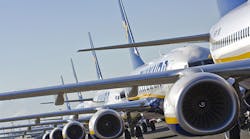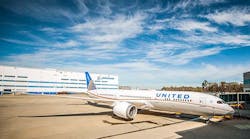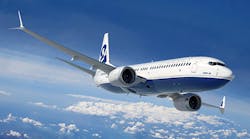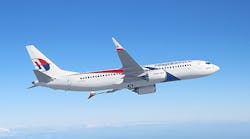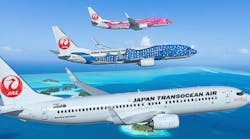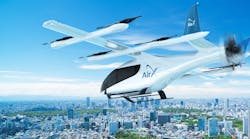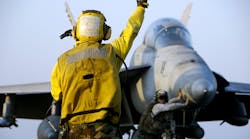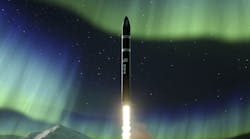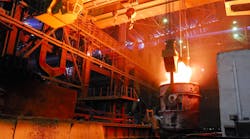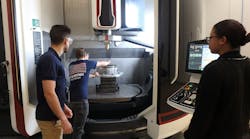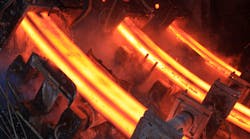GECAS Asset Management Services agreed to buy Air Berlin’s entire inventory of 737 Next Generation spare parts, including rotable and expendable parts. “Rotable” parts are aircraft components that must be replaced or rotated at frequent intervals (e.g., various engine parts, tires, and many other small components); “expendables” are parts like bolts or rivets for which there is no standardized repair procedure, and usually considered to be consumed when issued, so it is not recorded as returnable inventory.
The materials will be stored at AMS’ warehouses in the U.S., U.K., and Singapore.
GECAS AMS — which is one of the world’s largest worldwide distributors of re-certified components for Airbus, Boeing, Bombardier, Embraer, and Douglas aircraft — did not report the value of its purchase.
It is an operating unit of GECAS (GE Capital Aviation Services), one of the world’s largest aviation leasing and financing groups, which deals with operating leases, purchase/leasebacks, secured debt financing, capital markets, engine leasing, airframe parts management and airport/airline consulting.
“Most components will be available for immediate shipment to our customers,” said Stefan Haynes, global commercial leader for GECAS Asset Management Services. “We will soon have everything, nose to tail, that an operator of this popular aircraft type needs. This purchase represents an exciting opportunity for GECAS AMS to continue our relationship with Air Berlin while bolstering our 737NG stock and increasing our service capability.”
The 737 Next Generation is the current (and third) design of Boeing Commercial Aircraft’s single-aisle aircraft widely in use for short- and medium-range routes. It was introduced to service in 1996 and is due to be replaced by Boeing’s 737 MAX, making its commercial debut this year. Nevertheless, with more than 7,000 orders filled in the past 20 years and more than 800 still to be delivered, there will be several thousand 737NGs in service for years to come.
